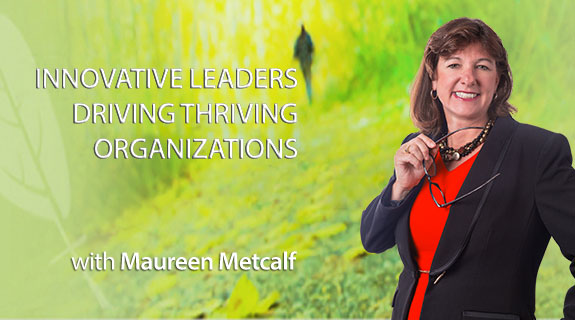National Security and Personal Privacy – Both Are Possible
With the data the U.S. government has, it could write detailed biographies on nearly every...
Read Moreby VoiceAmerica | Feb 22, 2018 | Business | 0 |
With the data the U.S. government has, it could write detailed biographies on nearly every...
Read Moreby VoiceAmerica | Aug 18, 2016 | Variety | 0 |
This post reflects a collaboration between Dr. Dale Meyerrose, major general, U.S. Air Force...
Read Moreby VoiceAmerica | May 23, 2016 | Business | 0 |
This post reflects a collaboration between Dr. Dale Meyerrose, major general, U.S. Air Force...
Read Moreby VoiceAmerica | Apr 26, 2016 | Business | 0 |
The following post was written by Dr. Dale Meyerrose as part of the Columbus Business Firstâs CIO Tomorrow Conference. Dr. Meyerrose is one of the featured speakers in the Voice America Innovative Leaders Driving Thriving...
Read More



